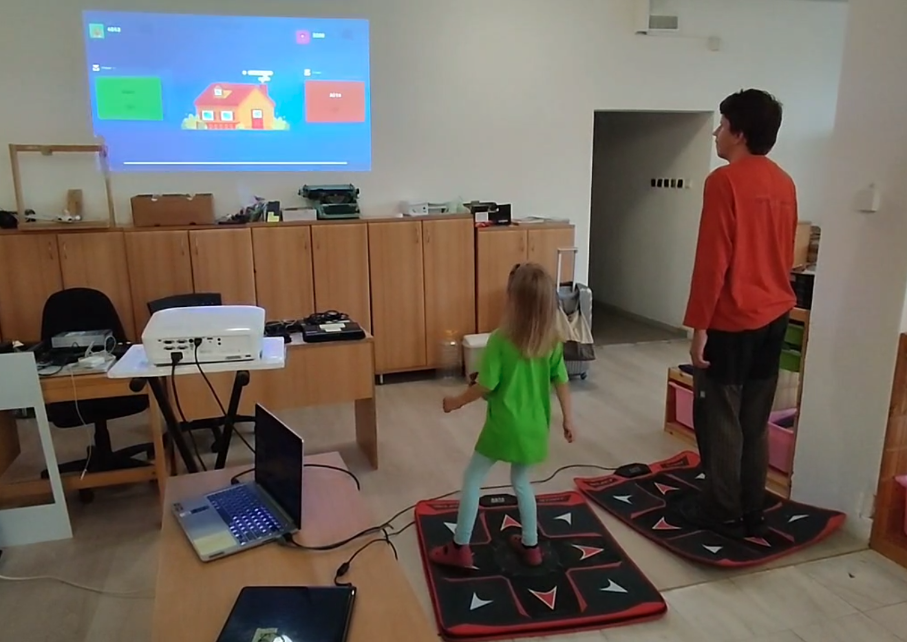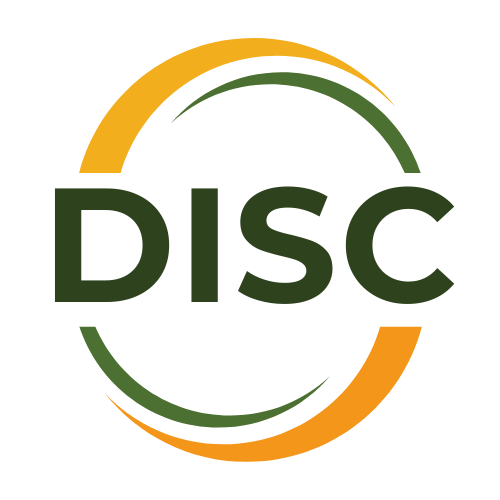UNITED IN DIVERSITY is the reflection of how the European Union is being enriched by the continent’s many different cultures, traditions and languages.
VORTOJ is an educational game that combines learning languages, music and rhythm, competitiveness, and physical jumping activity on the dance pad. Pupils attending primary elementary school will learn new vocabulary, practise grammar and discover pronunciation in this new game that complements formal language learning. The enhanced knowledge of the foreign languages and digital literacy that students gained at a young age will better their cultural understanding and interconnectedness, as well as improve their employability in the long run.
- More Info
- Gallery
- Contact
Challenge
The reason why we developed the innovative, interactive and multilingual game Vortoj is that we consider the main priorities of the new EU Erasmus+ programme, such as multilingualism and improving the digital skills of students and teachers, as central ideas that are important and sustainable. Multilingualism has been one of the most important aspects of the EU since its foundation. The motto “United in Diversity Diversity” clearly shows that the EU sees improving the foreign language skills of its citizens as a necessity, as it has a positive impact on their employability as well as on cultural understanding and belonging.
Target group
Our primary target group consists mainly of students attending formal or informal primary schools. Teachers are our secondary target group as they can use Vortoj to find out important information about their students.
Solution
Interactive language learning game
The concept aims to meet the need for a more creative and interactive form of language learning and to promote this learning concept through its motivational nature.
Innovation
There is a significant lack of games that combine the following combination of activities: learning languages, listening to music and its rhythm, competition and physical activity on the dance floor.
Unique Selling Point
Fun, practical, easy to use, effective in the classroom
Follow the thought: Flexibility is key. The use of IT technologies in learning includes different types of activities using different devices (dance pad, game console, computer keyboard). This provides the opportunity to create an interactive, engaging and fun learning process that can allow great flexibility in developing a language.
Impact
Impact on the learning process
Impact on the learning of children with learning disabilities.
The primary target group consists mainly of pupils attending formal or informal primary schools. The secondary target group consists of the teachers who can use this game to find out important information about their students and thus adapt the lessons to their personal needs. For example, using Vortoj as a supplementary learning tool during lessons would allow teachers to get information about their students, how quickly they respond, what mistakes they make, when they respond, how long it takes them to answer certain questions, etc. Students would be able to get immediate feedback, and they might find the interactive way of learning more fun and entertaining than the traditional lecture-based approach, which does not provide the same level of interaction. A modern approach to learning with Vortoj would increase students’ motivation and attention.
Feasibility / Transferability
The product is transferable language learning, especially to school education at primary and secondary level.
The project product can be used in different educational programmes on different topics and languages.
It can be used to increase the use of non-formal learning in classes and courses (mathematics, biology, geography, etc.).

VORTOJ website:
https://vortoj.net/en/

 4 - Quality Education
4 - Quality Education
The COVID-19 outbreak has caused a global education crisis. Most education systems in the world have been severely affected by education disruptions and have faced unprecedented challenges. School closures brought on by the pandemic have had devastating consequences for children’s learning and well-being. It is estimated that 147 million children missed more than half of their in-class instruction over the past two years. This generation of children could lose a combined total of $17 trillion in lifetime earnings in present value. School closures have affected girls, children from disadvantaged backgrounds, those living in rural areas, children with disabilities and children from ethnic minorities more than their peers.
The proportion of young people completing upper secondary school increased from 54 per cent in 2015 to 58 per cent in 2020, with completion slowing down relative to progress in the preceding five-year period. It is too early to predict the effect of the COVID-19 pandemic on completion. Early indications from low-income countries based on phone surveys point to a small decline in attendance upon a return to school but a larger increase in repetition, which may increase dropout rates in coming years.
Data from 73 (mostly low- and middle-income) countries for the period of 2013-2021, indicate that about 7 in 10 children 3 and 4 years of age are developmentally on track, with no significant differences by child’s sex.
The participation rate in organized learning one year before the official primary entry age rose steadily in the years before the COVID-19 pandemic, from 69 per cent in 2010 to 75 per cent in 2020 but with considerable variation between countries (with the rate ranging from a figure as low as 13 per cent to nearly 100 per cent). This progress is being threatened by the COVID-19 pandemic, as schoolchildren in early childhood education and the early grades, especially from low- and middle-income countries, are the most affected by education disruption. In most countries, early education facilities and schools were partially or fully closed for more than a full school year.
Based on data for 2016-2018, the participation rate of youth and adults in formal and non-formal education and training in the previous 12 months among countries of sub-Saharan Africa with data is typically about 5 per cent or less compared with a rate of over 40 per cent in Northern American and many European countries.

